The Boots employee for 50 years who helped produce ibuprofen
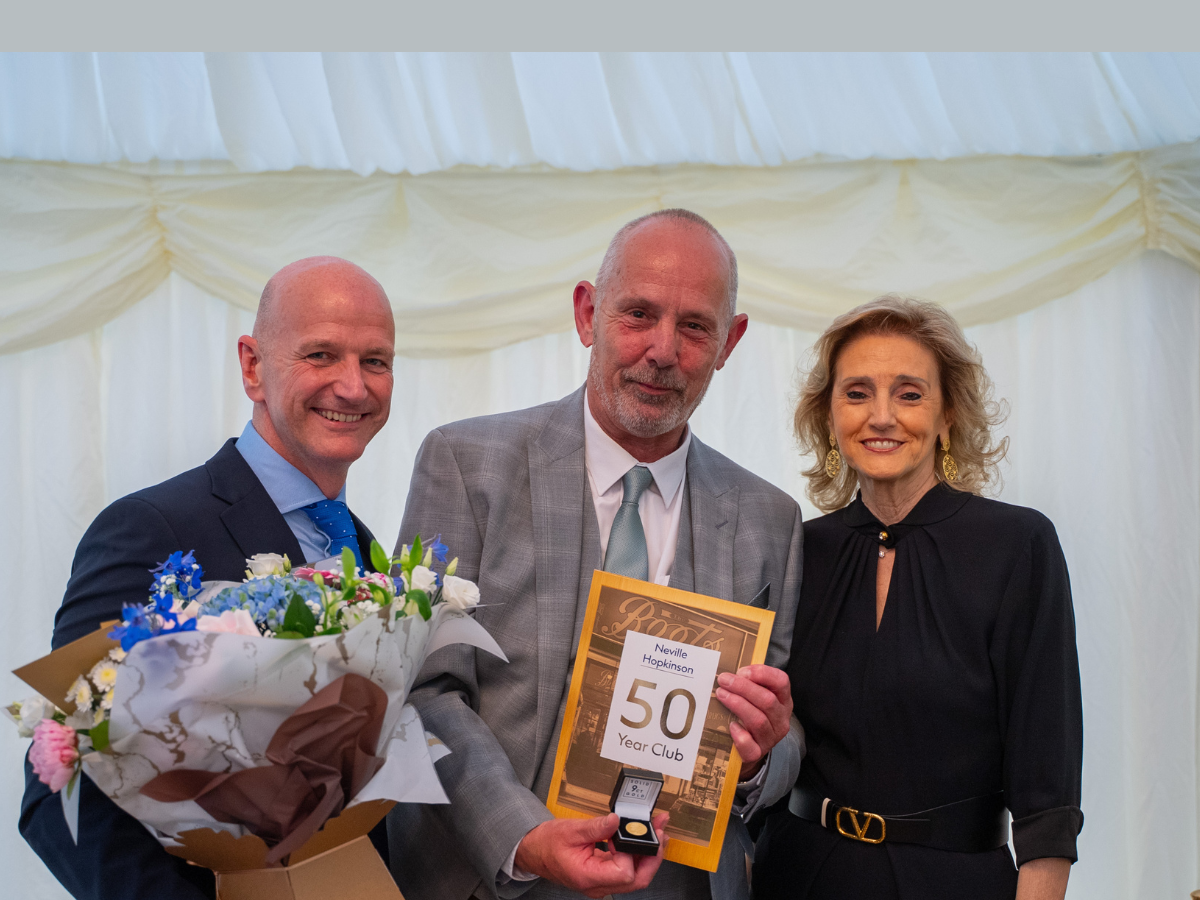
Boots was founded by John Boot in 1849 and was took over by his widow Mary and son Jesse after he passed away.
They helped to transform Boots into a huge company and celebrated opening its 1,000th store in 1933.
Read more: “I love working!” Pharmacist retires after seven decades
Leading up to Jesse’s passing in 1931, he had rheumatoid arthritis. A generation later in 1969, it was his own company that had developed the drug to help combat this condition, initially marketed as Brufen but is otherwise known as ibuprofen.
Today, it’s a staple painkiller found in almost any household in the UK. And for one of Boots’ staff member who has joined its 50 Year Club this year, a small group of employees who have dedicated half a century working for the healthcare giant, he helped to produce it back in the 1970s.
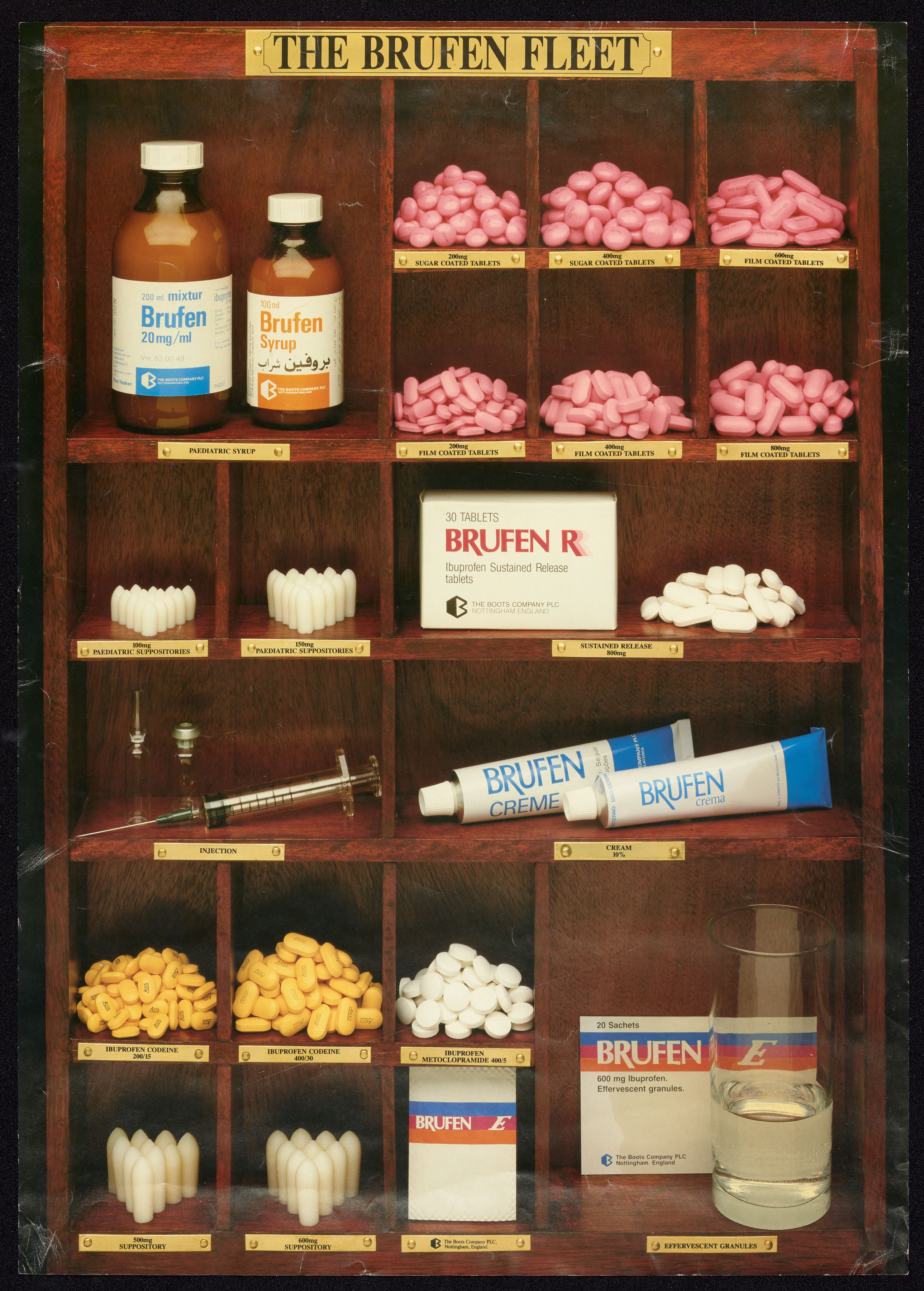
Chemical technician
Neville Hopkinson grew up in the nearby Newark area close to Nottingham. He first came around to the idea of a career when he was told the “future is electric” and he wanted to become an electrician.
But one of his friend’s mothers presented him some ads in the Nottingham Evening Post that showed Boots wanted apprentices.
He duly applied and got a job but not as an electrician, instead as a chemical technician apprentice at the age of 16 in 1975.
Read more: Boots becomes ‘private standalone’ company following WBA sale
“One of my memories of coming to Boots was like the first day of big school,” he tells C+D. “The support functions that sit here to support the Boots brand as we know it today is quite a big machine.”
When Hopkinson joined as an apprentice, Boots had just marketed ibuprofen in the US and had started increasing the doses it produced.
After starting out at 600-800mg per day in 1969, ibuprofen’s reputation as a safe drug led to a 400mg tablet in 1974 followed by a 600mg tablet in 1983.
Read more: Boots tipped to ‘work with’ neighbourhood health hubs
“By the time I joined, Boots had already got two chemical process plants that was taking the raw ingredients. What came out was the white powder that went off to another factory that made the tablets.”
In his first four years at Boots, he worked on the plant that put these raw ingredients into ibuprofen, adding they couldn’t “make it quick enough”.
By then in 1980, Boots estimate 2.5 million patients took ibuprofen each day globally.
“The market nedeed this magic wonder drug that treated arthritis and pain relief.”
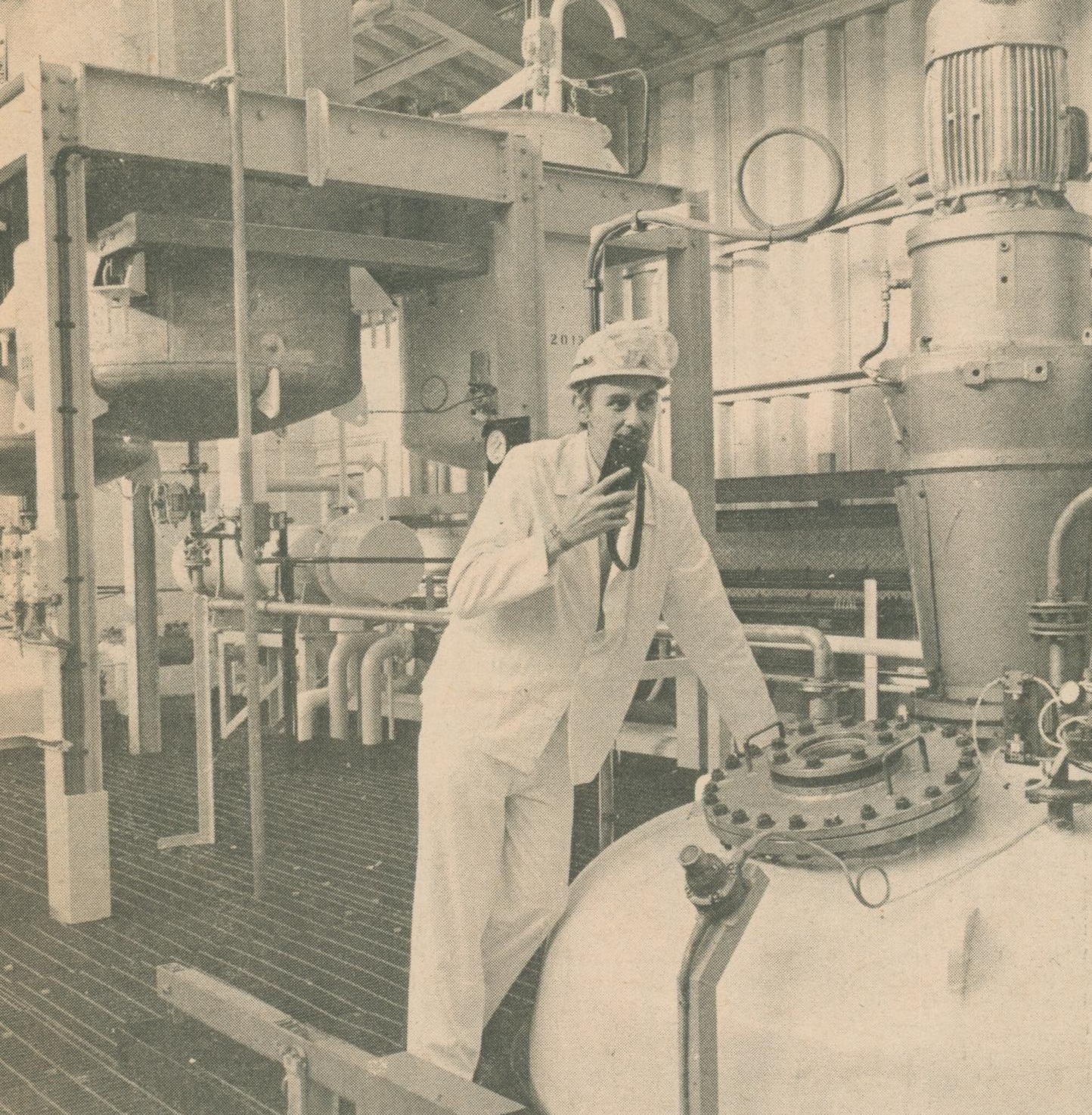
History
Treatments for rheumatoid arthritis before ibuprofen included using brine baths, gold injections or analgesics.
But in 1952, Boots director of research Dr Gordon Hobday began the search for a nonsteroidal anti-inflammatory drug (NSAID) to treat rheumatoid arthritis without serious side effects caused from a synthetic cortisone treatment.
As a part of this, Boots’ Stewart Adams became responsible for a project researching the analgesic properties of aspirin and its effect on inflamed tissues.
Read more: Boots trials seven-day late-night medicine deliveries
After years of research synthesising thousands of different compounds and trialling the drugs, Adams found they needed to look for a compound containing the three properties of antipyretic, analgesic and anti-inflammatory properties seen in aspirin.
Dr John Nicholson was in Adams’ team, and he focused on synthesising phenylacetic acids that had these properties.
He started trialling phenylacetic compounds in 1961 but despite them helping with rheumatoid arthritis, some of the testing revealed other side effects such as skin rashes and jaundice.
Read more: Boots ‘lollipop pharmacist’ urges patients to ‘think pharmacist first’
After changing from phenylacetic acids to propionic acids, these were sent to clinical trials and were an early form of ibuprofen.
A trial in 1965 saw twelve patients take part in a double-blind trial against aspirin and its success led the compound go into further clinical trials.
Boots then marketed ibuprofen in February 1969 under the brand name Brufen which was a prescription anti-rheumatic product.
Read more: Pharmacy in the 17th century: a look inside an apothecary’s shop
By August 1983, its popularity had evolved so much that ibuprofen became available as an over-the-counter drug under the name Nurofen.
This was a rarity considering it was the first non-prescription analgesic to do so since paracetamol and aspirin.
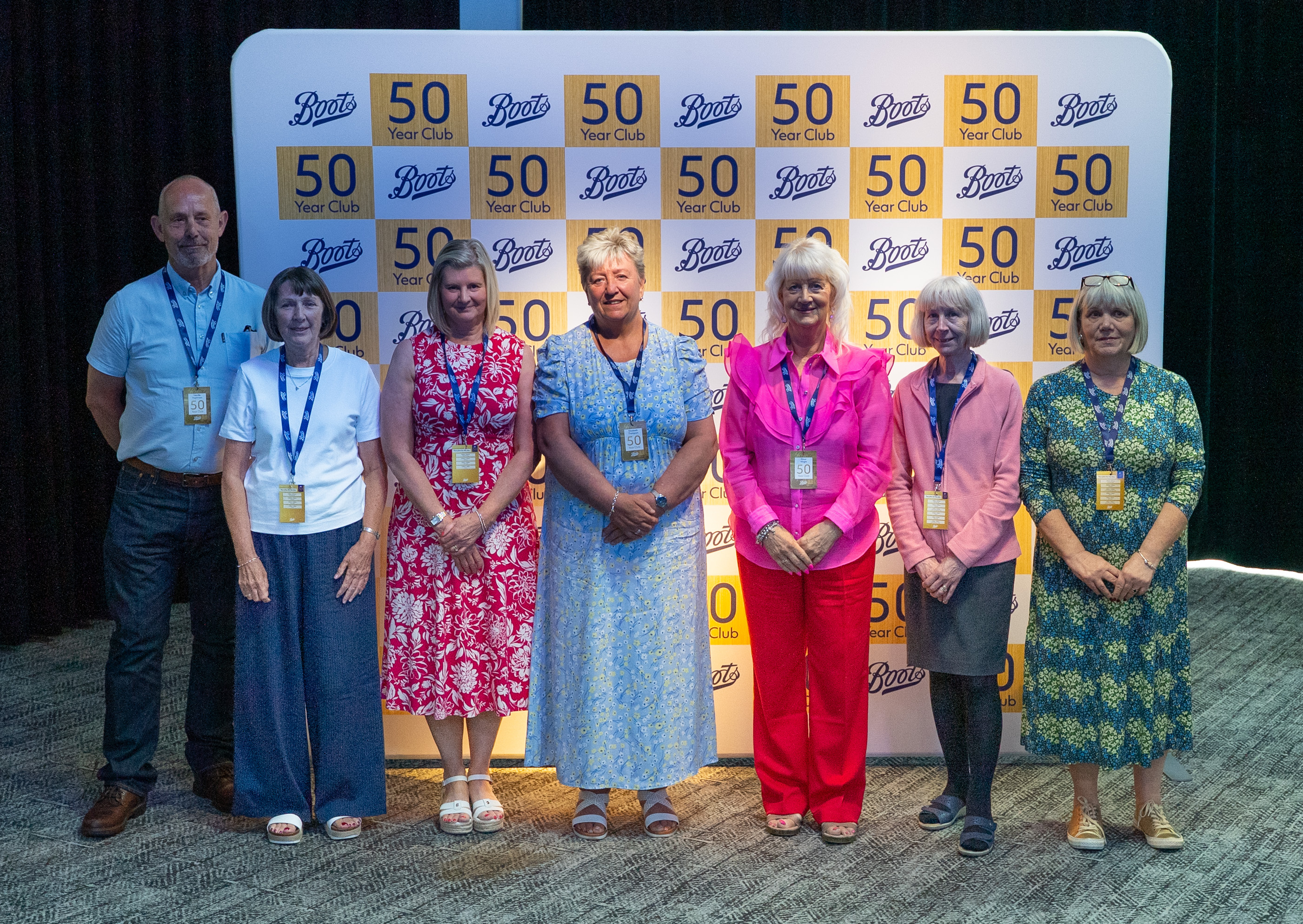
People
Hopkinson said at the time he joined Boots, he didn’t appreciate how he was working on something with such a worldwide impact.
“As a 16-year-old and learning about life, it perhaps didn’t hit home. But not long into that journey, there was a desire to create more production facilities. You soon learn that what we created was quite big.”
He worked in a pilot plant that hoped to produce the drug “more efficiently”, with others created to look at upscaling the production methods to use at industrial-sized plants to make ibuprofen.
Read more: ‘I wasn’t expecting temazepam from 1987!’
“To get involved with chemical engineers and scientists to create a pilot plant that says we will now trial a different way of making this product, it’s special.”
Hopkinson says those buildings all the research was done in still exist today on Boots’ campus, and he even recalls one drug worked on that Boots thought would be the “next Ibuprofen” before it failed its clinical trials.
He’s moved around Boots, having worked in manufacturing, automation and in the warehouses, but his enjoyment of working for the multiple has been “all about people”.
Read more: How were Pharmacy First conditions treated 1,000 years ago?
“If you get the right people working together, you can do good things. And you listen to people as you don’t know everything.
“I have had opportunity and Boots have supported me in taking me on from school and sponsored me through technical college and all that ongoing training and support. I’m very fortunate, but I just wanted to be an electrician when I started out!”
Pride
Boots had the right people to help bring ibuprofen to market, and its research department was rewarded in 1985 by receiving the Queens Award for Technological Achievement before Stewart Adams was given an OBE in 1987 for his work on the drug.
Hopkinson celebrated his 50 years of working for Boots earlier this summer in a two-day event with his colleagues.
Read more: Exploring pharmacy museums around the world
Combined with his mother’s 20-year stint at Boots, Hopkinson has a lot of family pride in reaching this milestone and represents one of the longest serving families to have worked for Boots.
“I could retire, but I chose to carry on working because I enjoy coming to work, it’s prestigious. And I’m proud to have got it.”




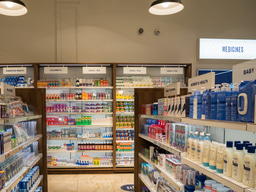


Please sign in or register for FREE
If you are a registered user on C+D Community, please sign in